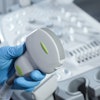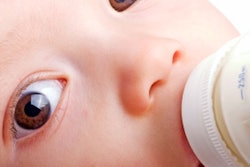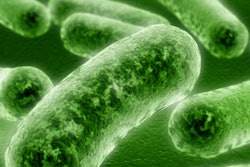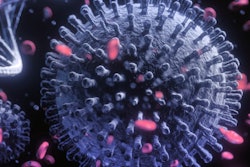Dear Hygiene Insider,
Scientists already knew there was a link between gum health and diabetes, but a recent study has furthered our understanding. In a study of 30 patients with chronic periodontitis, oral bacteria significantly differed in patients who also had diabetic nephropathy, a common diabetes-related kidney complication.
The study is believed to be the first to provide evidence of the potential role of oral bacteria in the development of kidney complications in patients with type 2 diabetes. One oral bacteria species in particular may be able to signal patients with renal involvement. Learn more in this edition's Insider Exclusive.
Also new in the Hygiene Community, researchers put a new type of toothbrush technology to the test, demonstrating that it can outperform at least one type of sonic vibrating toothbrush for teeth whitening and stain removal. The $299 radiofrequency toothbrush tested in the study first debuted at the 2020 Consumer Electronics Show in Las Vegas. It uses low-power radiofrequency energy to nonabrasively clean teeth.
Can xylitol gum reduce preterm births? A new study suggests that might be the case. Chewing xylitol gum before conception and during pregnancy resulted in fewer preterm births and a lower percentage of infants with a low birth weight. A reduction in periodontitis might be the link between gum chewing and pregnancy outcomes.
If your patients need yet another reason to take their oral health seriously, a recent study found the virus that causes COVID-19 in cavitated tooth decay and periodontal pockets. These sites may act as reservoirs for SARS-CoV-2 infection, the authors noted.
In other COVID-19 news, taste disorders and xerostomia were the most common oral manifestations of COVID-19 in a recent systematic review. A total of 45% of 10,228 patients with COVID-19 experienced a taste disorder, and 43% of patients reported xerostomia.
Finally, it's a new year, and overall wages for the dental industry have increased, according to the findings of a recent salary survey. In 2021, 43% of hygienists earned more than $70,000, and 21% of hygienists earned more than $80,000. Income satisfaction also rose 30% from the prior year, the survey found.



















